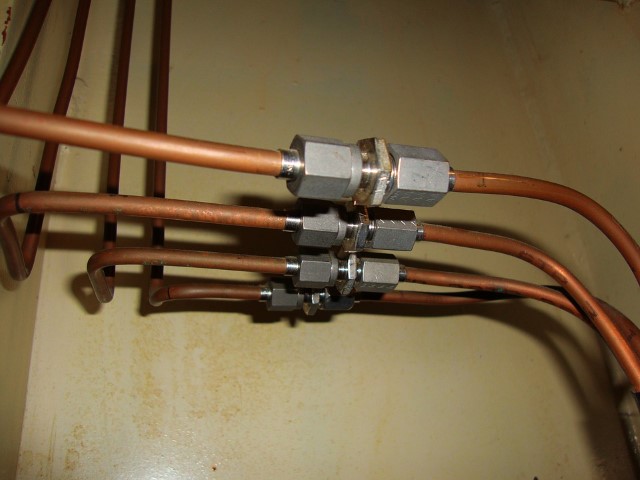Have you ever heard a loud banging or knocking noise coming from your pipes after turning off a faucet or an appliance like a washing machine? That startling sound is called water hammer, a common plumbing issue that can lead to long-term pipe damage if not addressed. In this guide, we’ll explain what water hammer is, what causes it, and how homeowners can prevent and fix it.
What Is Water Hammer?
Water hammer, technically known as hydraulic shock, occurs when water flowing through pipes is suddenly stopped or redirected, causing a pressure surge. This surge creates shockwaves that result in the loud banging noise and can stress your plumbing system over time.
Causes of Water Hammer
1. Sudden Valve Closure
When water flow is abruptly halted—such as when washing machines, dishwashers, or fast-closing faucets shut off—the momentum of the moving water creates a shockwave.
2. High Water Pressure
Excessively high water pressure forces water to move quickly through the pipes, making hydraulic shock more intense when water flow stops.
3. Lack of Air Chambers or Water Hammer Arrestors
Older plumbing systems typically include air chambers—small vertical pipes near valves that absorb shock. If these chambers become waterlogged or were never installed, water hammer is more likely to occur.
4. Loose or Insecure Pipes
Pipes that are not properly secured can rattle and amplify the noise and impact of water hammer.
How to Prevent and Fix Water Hammer
1. Install Water Hammer Arrestors
A water hammer arrestor is a device that absorbs the shock of moving water, preventing noise and pressure surges. These can be installed at key points, such as near washing machines, dishwashers, or under sinks.
2. Reduce Water Pressure
Excessively high water pressure increases the likelihood of water hammer. Homeowners can:
- Check their water pressure with a pressure gauge (ideally, it should be between 40-60 psi).
- Install a pressure-reducing valve (PRV) to regulate water pressure if it is too high.
3. Drain and Recharge Air Chambers
If your plumbing system has air chambers, they can become waterlogged over time. To restore them:
- Shut off the main water supply.
- Open all faucets in the house, starting from the highest level to the lowest.
- Once the water has drained completely, turn the main supply back on to refill the pipes, allowing air chambers to function again.
4. Secure Loose Pipes
If pipes are rattling, adding pipe clamps or cushioning can prevent excessive movement and reduce noise.
5. Upgrade to Slow-Closing Valves
Replacing fast-closing valves with slow-closing alternatives can help minimize sudden stops in water flow, reducing the chances of water hammer.
Conclusion
Water hammer is more than just an annoying noise—it can lead to serious plumbing damage if left unaddressed. By understanding its causes and applying preventive measures like installing water hammer arrestors, regulating water pressure, and securing loose pipes, homeowners can protect their plumbing system and maintain a quieter, more efficient home. If the problem persists, consulting a professional plumber can help ensure a long-term solution.


Recent Comments